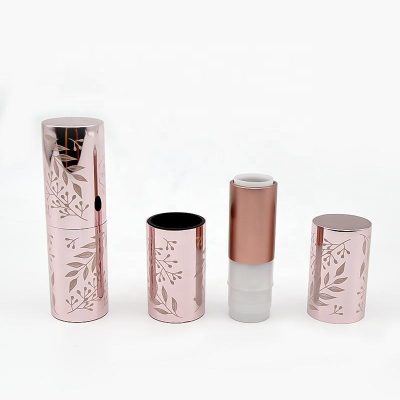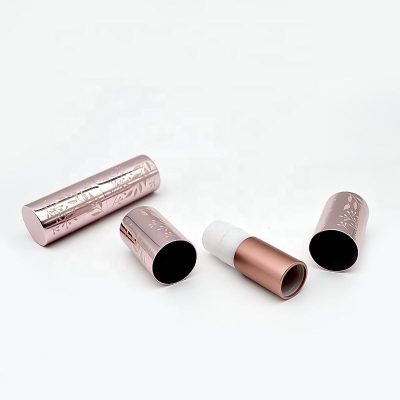The composition of lipstick is actually not mysterious
1) Lipstick is mainly composed of the following 2 parts:
1. Matrix components: oils, waxes, moisture, emollients, emulsifiers, preservatives, etc.
The matrix is the main constituent of the lipstick, and the proportion is as high as 90% in the formula. Makes the lipstick set and long-lasting. Generally speaking, the experience of applying wax directly to the mouth is too bad, so oil must be added. Oil is also divided into vegetable oil and animal oil. Of course, these natural oils are comfortable to use, but the disadvantage is that they are very unstable, so they should be used in conjunction with mineral oil.
These ingredients are generally relatively safe, and there is nothing to worry about.
It is worth mentioning that Robert Chesenberg, the inventor of Vaseline (mineral oil), has always believed that this thing is a magic medicine to cure all diseases. He took a spoonful every day and died at the age of 96.
wax
Waxes are the main ingredient in lip balms/lipsticks, provide structural strength to the lip balm, are the lip balm that molds into a solid, and have both vegetable and petroleum sources. Commonly used waxes are beeswax, candelilla, ozokerite and carnauba. Beeswax and candelilla tend to make up the bulk of the wax use in lipsticks, while other waxes like carnauba and ozokerite add strength and stability.
oil and fat
The role of the oil and fat is to disperse the pigment and lubricate, keeping the wax soft enough for easy application, but at the same time work with the wax to keep it from melting. Upper lip, transmits softness and luster to lips, there are vegetable oil, mineral oil, synthetic oil, etc.
The types of oils used are varied. More commonly used are mineral oil, petrolatum, vegetable oil and lanolin. There are many lipsticks that focus on vegetable oils like olive oil, castor oil, sunflower oil and jojoba oil to provide healthier lipsticks. No matter which ingredients they choose to use, they must be formulated with the right balance of oils and fats.
emollient
Another very important ingredient that affects lipsticks are emollients – moisturizing and soothing qualities. Some lipsticks can dry out your lips, especially those that use very little oil in their formula, such as matte lipsticks. Emollients do a great job of keeping the lips hydrated, which also improves the effect of the lipstick on the lips. Cocoa butter, shea butter, vitamin E and aloe vera are some commonly used emollients.
2. Color components: natural mineral powder, coloring pigments
In the ingredient list, various CI (Color Index) followed by a series of numbers are pigment ingredients. Tint the lipstick. The safety risk of lipstick mainly comes from the heavy metal content in the pigment.
pigment
While we care about the ingredients to make a lipstick, we care more about how it looks; then how to enhance the look of a lipstick. This is what the pigment does, and the pigment is the color of the lipstick. Pigments can be either natural, derived from mineral or vegetable sources, or they can be synthetic.
other
The lipstick will have a small amount of fragrance and obviously it smells nice when applied. Other important additives are antioxidants and preservatives, which are used to keep lipsticks from turning sour while providing the product’s shelf life.
In addition, the lipstick also contains a very small amount of heavy metals such as lead, cadmium and cobalt, antioxidant butylated hydroxyanisole (BHA), butyl benzyl phthalate (to increase the gloss of the lipstick), etc.









